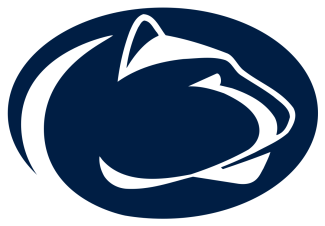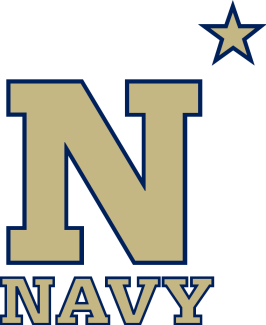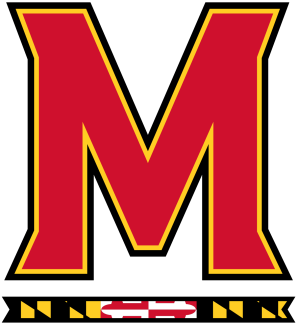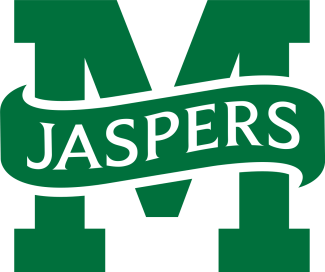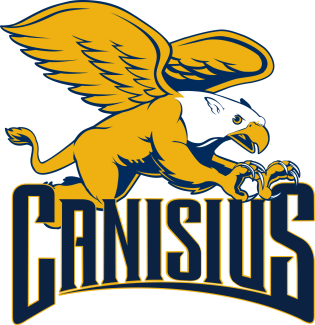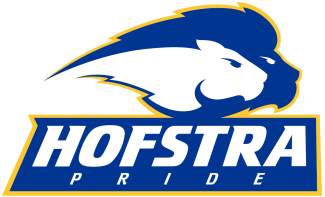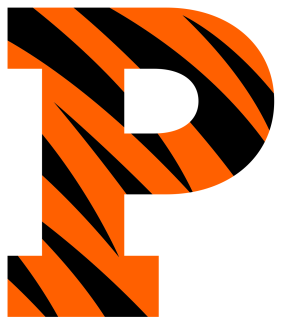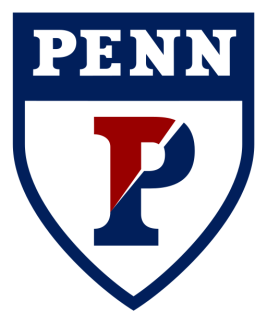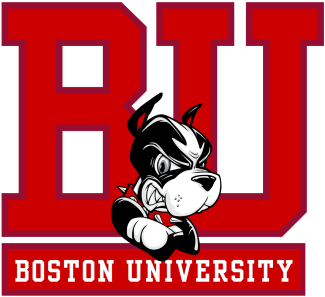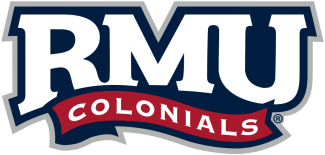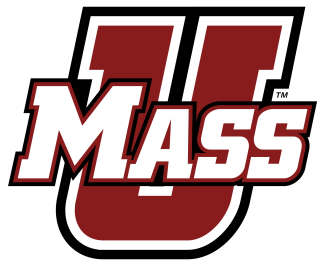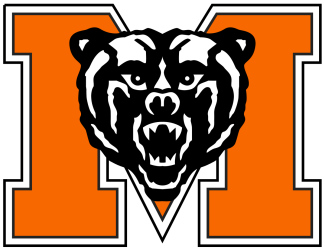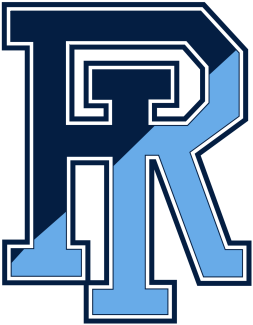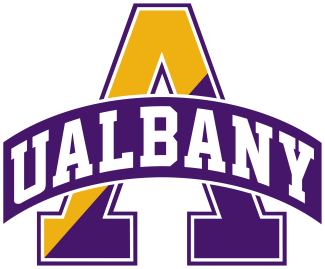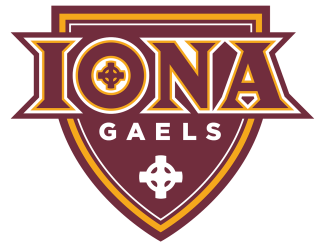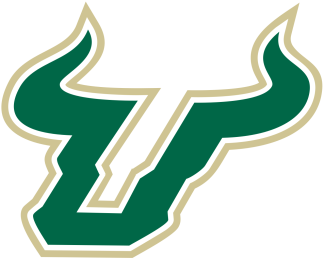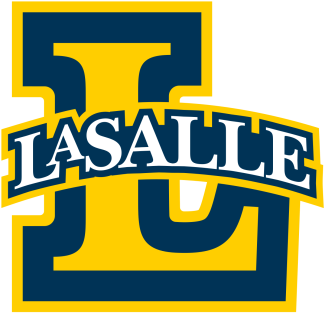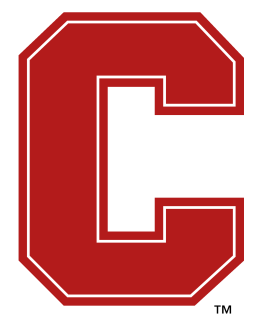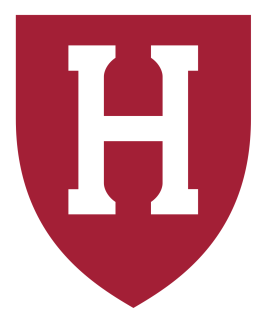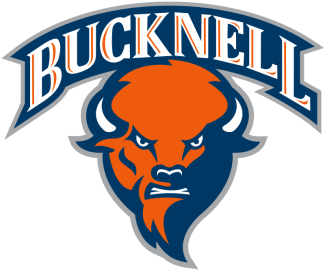The season of chaos continued as conference tournament season kicked off.
Upsets galore have led to an odd scenario in which many teams are home awaiting their fates, while others try to control their destinies.
Boston College the biggest riser
The Eagles (16-3) won their second straight ACC title and moved to No. 2 in the RPI. It seems almost inconceivable that Boston College would drop below No. 2, and there’s a small chance to rise to No. 1 should Northwestern falter to Johns Hopkins in the Big Ten semifinals.
The idle teams
The ACC is used to being off this week while the rest of the country plays for their respective automatic qualifiers. An unusual situation has presented itself in which not only are ACC teams idle, but Maryland and Michigan aren’t participating either. That means five of the top 10 RPI teams are not in action.
The Terps lost to Rutgers at home in the Big Ten quarterfinals and fell to No. 5 in the RPI, while Michigan fell to a Johns Hopkins team in search of a big victory. Maryland is slotted in as the No. 5 seed in this week’s projection, while the Wolverines drop to No. 6.
The fight for the final two seeds
These teams — listed by their RPI rank 7-12 — Johns Hopkins, Yale, Virginia, Notre Dame, Loyola and Stony Brook all have legitimate claims for hosting rights, but only two of those will get the call on Sunday.
We don’t expect the committee to go exactly in that order, but we don’t expect them to stray too far away either. In fact, when taking in all the relevant selection criteria, we never get more than four spots higher or lower from a team’s RPI when ranking them.
Virginia and Notre Dame might have the greatest claim to the Nos. 7 and 8 seeds. UVA is 6-3 against RPI top 20 teams, while Notre Dame is 3-3, including two wins over the top two RPI squads. Yale is No. 8 in the RPI and is 3-2 against the RPI top 20, but only one of those wins is against a team ranked higher than 15. UVA and Notre Dame both have two such victories.
As for the other teams under consideration, all have one win against teams who are likely to be considered for seeding. The detraction comes into play when records against common opponents and head-to-head results are questioned.
Persistent bubble questions remain
We continue to touch on the bubble, and not much has changed. Approximately two, possibly three, at-large spots remain. Many teams haven’t made a compelling case to be in, such as Navy, Duke or Colorado, due to either low RPI (Duke, 30), lack of significant wins (Navy) or a small combination of both (Colorado).
Drexel is in a solid, but not locked-in position as RPI No. 20 and wins over both Penn State and Navy.
Then there are Ivy League teams like Harvard and Brown that have seen their RPIs fluctuate from week to week. Harvard’s loss to Princeton dropped the Crimson to No. 28. That likely sunk Harvard’s chances, unless it can pull off an upset of Penn. Brown’s RPI rose to 21 after beating Cornell, but the Bears didn’t qualify for the Ivy League tournament. What Brown has is two wins over projected NCAA teams — UMass and Albany.
Then there’s USC. The Trojans are No. 24 in the RPI, clearly the second-best team in the Pac-12, but have few significant wins — but no bad losses either. A poor showing in the Pac-12 tournament would spell trouble. Even then, USC might have to win the Pac-12 tournament.
BID THIEF ALERT LEVELS
There are some bid thieves lurking out there that could bump our bubble dwellers.
American Athletic (Nashville, Tenn.)
Potential thieves: Temple, Vanderbilt
Threat level: Low
It would be a massive surprise if Temple or Vanderbilt win two games this weekend to prevent James Madison or Florida from winning The American’s AQ. Nevertheless, a bid would surely be stolen.
Big East (Cincinnati, Ohio)
Potential thieves: Georgetown, UConn
Threat level: Medium
Denver waltzed to a perfect record in league play but has struggled away from home at times, as evidenced by a one-goal win over Georgetown and a comeback win at Villanova. The tournament is at neutral site Xavier.
Big Ten (Evanston, Ill.)
Potential thief: Rutgers
Threat level: Low-to-medium
Rutgers gets Penn State, which only won by a goal in the regular-season meeting. Winning the semifinal is not the hard part, but the final would be. Either No. 1 Northwestern or a Johns Hopkins team on the verge of its first Big Ten title would be waiting in the championship game.
Ivy League (New Haven, Conn.)
Potential thief: Harvard
Threat level: Medium
The fact that five of seven teams in a single league are in consideration for spots in the NCAA tournament shows its strength. No. 4 seed Harvard has everything to play for. It needs to beat rival Yale and then Penn or Princeton to grab that automatic qualifier.
MAAC (Fairfield, Conn.)
Potential thieves: Niagara, Siena, Mount St. Mary’s
Threat level: Low
The threat level is low for two reasons: One: Fairfield is so clearly the best team in the league and hosting the tournament, and two: if Fairfield falls, will the selection committee award them an at-large bid? It’s possible; the Stags have a victory over Drexel, but not much else.
Pac-12 (Los Angeles, Calif.)
Potential thieves: USC, Colorado
Threat level: High
One team — Stanford — has risen above the rest, then USC and Colorado have RPIs in the 20s, but few significant victories to back things up. There is clearly a scenario in which Stanford wins and the Pac-12 is a one-bid league. There’s also a scenario in which any of the other five teams win, and Stanford gets in, too, making the Pac-12 a two-bid league in its final year. And then there’s the unlikely, but possible, scenario in which Stanford loses and doesn’t get in at all.
Patriot League (Baltimore, Md.)
Potential thieves: Navy, Holy Cross
Threat level: Medium
Loyola is in and has plenty to play for as resounding wins and the right mix of results could get a hosting bid. Navy and Holy Cross would love another crack at the Greyhounds. Can the Mids summon similar good vibes to 2017 and upset Loyola on its home field once again? If so, another at-large bid is off the board.

